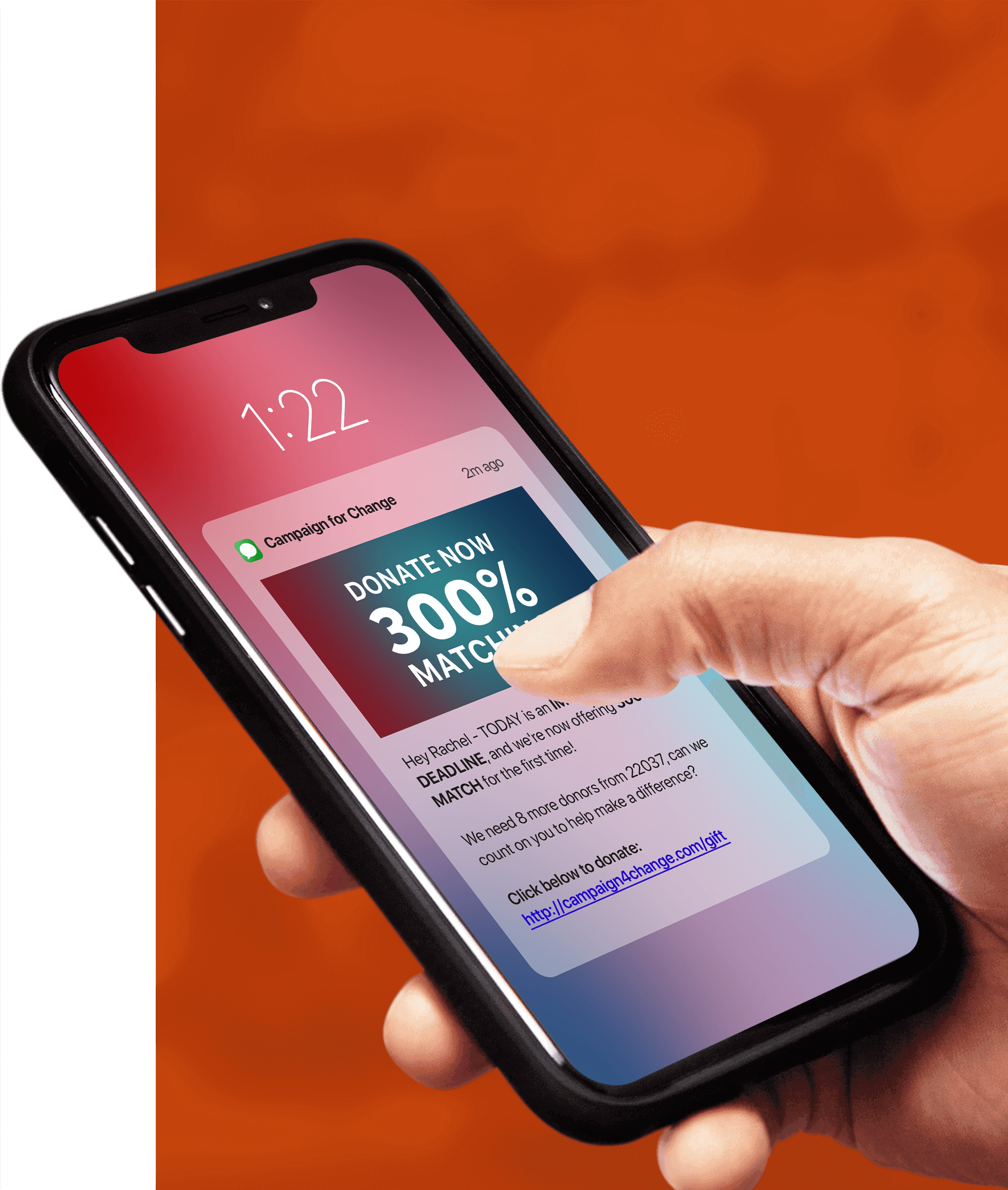It’s no secret that women face significant challenges within their industry. Women and people who identify as female make up less than a third of the world’s workforce in technology-related fields. In STEM roles, women hold a measly only 28% of all jobs in computer and mathematical occupations, and 15.9% of jobs in engineering and architecture occupations. For nonprofits, the numbers look a bit different, especially at first glance. But looks can be deceiving. Of nonprofit organizations that receive $1 million and under in annual operating revenue, 56 percent are run by women CEOs/Executive Directors. However, for nonprofit organizations with over $1 million in revenue, only 22 percent of CEOs/Executive Directors are women.
The statistics above highlight a disconcerting inequity for nonprofit organizations. Women who work in the nonprofit sector get paid 24.8 percent less than males in the nonprofit sector. According to a study highlighted in an article from Guidestar in 2017, Women CEOs/Executive Directors of nonprofit organizations with an annual operating budget of more than $1 million experience median pay gaps of (on average) 18 percent relative to male CEOs.
The statistics are clear-women are underrepresented in the nonprofit sector. That lack of inclusion and representation hampers their ability to lead and engage in advancing their mission with their nonprofit organization.
Not only do we have a lack of female leadership in larger nonprofits, but there are also concerning pay gaps. So, what can be done to advance female inclusion in the nonprofit sector?
Advancing Women in The Nonprofit Workplace
By adopting digital technologies and innovations, nonprofits can foster a more inclusive environment where women enjoy equitable access to resources and opportunities.
Embracing digital technology and innovation is key to inspiring inclusion in the nonprofit sector. One important tool is text messaging. When discerning which nonprofit texting service to use for their communications, nonprofits need a tool that is a cost-effective and efficient communication channel.
Texting can allow nonprofits to directly engage with supporters, donors, volunteers, and stakeholders. Text message platforms, like Tatango, are built for scale, allowing constituents to receive and engage with nonprofits’ messages immediately. For people-focused nonprofits, this communication channel can also be particularly beneficial for reaching marginalized groups that may lack access to conventional technologies, such as the internet and email. If you’re looking for more resources about how texting can work for your nonprofit, check out our Ultimate Guide to Texting for Nonprofits.
How Nonprofits Can Be Leaders in Including Women
Text messaging can play a key role in celebrating the theme of inspiring inclusion on International Women’s Day. Nonprofits can use text messaging to amplify the voices of women and promote their achievements. With a 99% open rate, texts can get your message directly in front of your supporters. For example, a healthcare-focused nonprofit could share stories of patient recoveries, particularly about female and maternal health. March of Dimes is a great example of an organization that uses text messaging to raise donations and advance its mission. Consider telling the story of a woman who has been positively impacted by your organization. Other mission-minded ideas could include:
- Highlighting the contributions of women founders
- Including quotes from executive directors or other top leaders
- Sharing testimonials about the workplace from administrators
- Spotlighting female volunteers or event participants
Nonprofits can also use text messaging to engage women who are passionate about social causes. Bringing valuable skills and expertise to nonprofits, their involvement can help organizations leverage resources, digital technology, and innovation to raise donations and further their missions. While highlighting women’s contributions, nonprofits can also use text messaging to spotlight issues with gender equity. Read on for other ways to use a texting service for nonprofits to inspire female inclusion.
5 Easy Ways Nonprofits Can Include Women By Using a Nonprofit Texting Service
Here are just a few of the numerous ways nonprofits can leverage text messaging to honor females on International Women’s Day and be champions of inclusivity:
- Sharing motivational narratives: Via a nonprofit texting service like Tatango, nonprofits can share inspiring tales of women who have surmounted challenges or effected positive change in their communities. These stories can motivate others and underscore women’s crucial role in societal transformation.
- Organizing virtual gatherings: Leveraging text messaging, nonprofits can advertise online events that highlight female speakers and foster gender equality such as panel discussions, webinars, and forums featuring women leaders, specialists, and activists.
- Supporting fundraising efforts: Text messaging can be a tool for nonprofits to boost fundraising drives for gender equality projects. For example, nonprofits that support initiatives in women’s health, education, or financial independence can use texting to increase donations and amplify impact.
- Involving women in technology: Nonprofits can engage tech-savvy women interested in social causes through text messaging, inviting them to contribute their skills to volunteer opportunities or participate in advocacy campaigns and events.
- Spotlighting female leadership: Spotlighting the achievements of women leaders within their organization and the broader community can be a great way for nonprofits to inspire inclusion. Consider sharing quotes, success stories, and other celebratory content of female leaders.
International Women’s Day is a powerful reminder of the crucial role women play in nonprofit organizations, communities, and the world. This year’s theme of inclusion is a reminder of the progress we’ve made and how far we have yet to go in order to drive gender parity.
Nonprofits are already inspiring inclusion for women in the workplace and will continue to do so in 2024 and beyond. “When we inspire others to understand and value women’s inclusion, we forge a better world. And when women themselves are inspired to be included, there’s a sense of belonging, relevance, and empowerment.” (Source)

